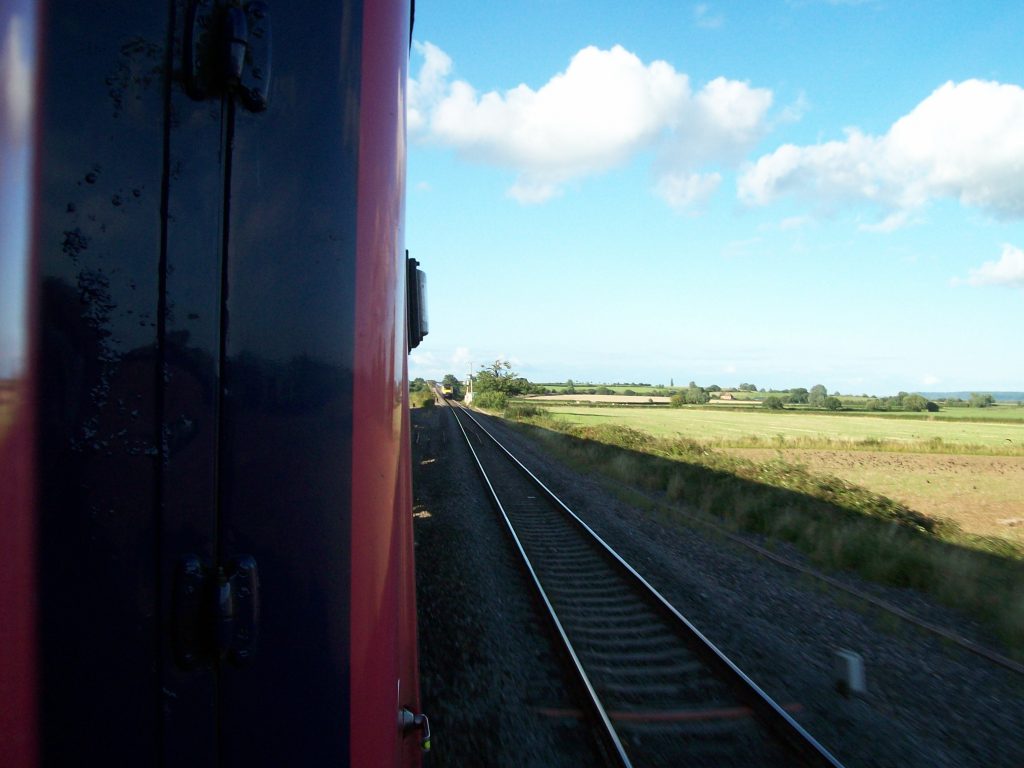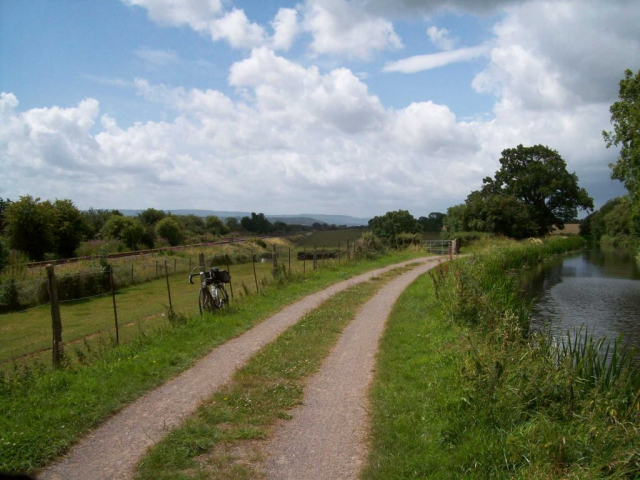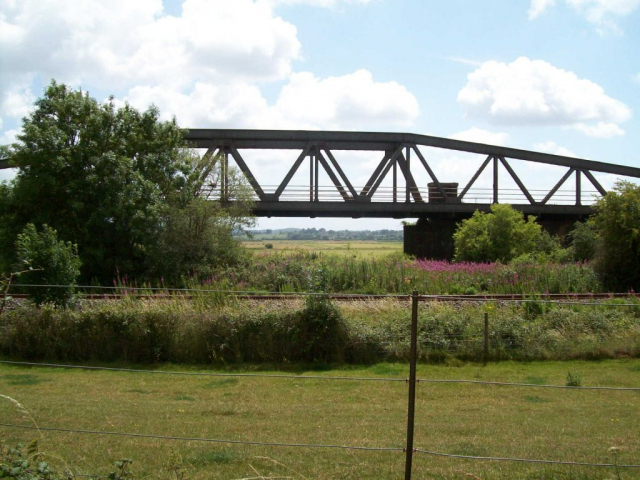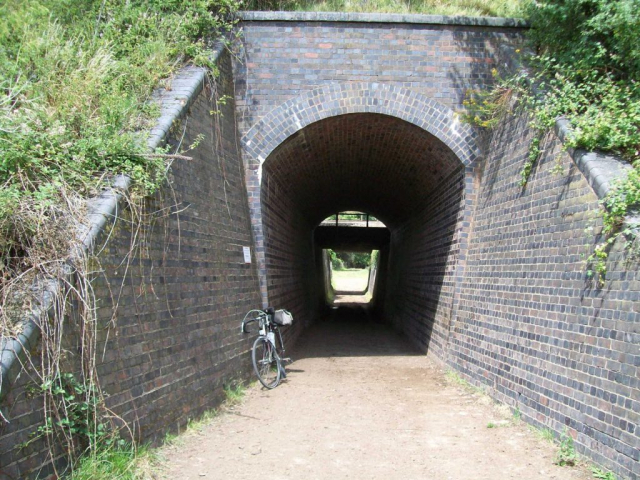On Saturdays in 2017, the 1630 Paddington, via Bristol, the “Torbay,” and the 1706 Paddington, via Westbury, sometimes met at Cogload, with the 1706 booked to precede.
This encounter the scout had first witnessed the previous summer when the train from Bristol crept up to the signal (E112) on the embankment beyond the flyover. It was not long before the other London raced past, its driver giving an audible salute to his mate who had come to the door of his cab. It was only as the train flew through the junction ahead that the scout thought about what a good picture it would have made.
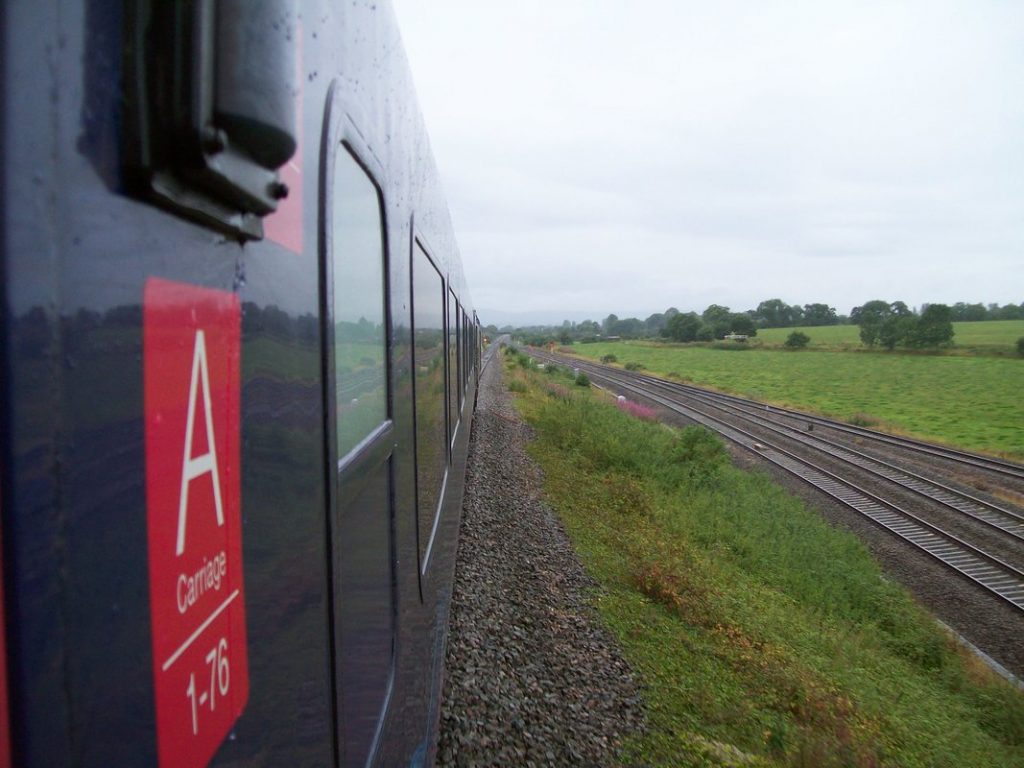
Since then, he had been on one or the other train several times but had not been lucky enough to see a repeat performance. On one occasion, the 1706 must have just cleared because the signal soon changed to yellow.
Then on 5th August, coming from Cary, there was the 1630 at a stand on the bank. The shadow spoils the picture but at least the scout captured the event. The scout was very conscious that this summer might be the last during which he would enjoy the freedom of the droplight.
What is striking is that both of these trains have been approaching Cogload at 100 m.p.h. and one has been brought to a stand an overlap (200 yards) from the junction points. In semaphore days, this would not have been possible. A signalman would not have cleared his signals for the runner without first having seen that the other train was at, or nearly at, a stand. But, once, there were two lines to Taunton and trains would not have needed to be held at Cogload, although in latter years, with only one platform, one would still have been checked at East Junction.
The first high speed turnouts were installed in 1983 at Colton Junction on the Selby Diversion. They allowed 125 m.p.h. running onto a line that B.R. thought was good for 160 m.p.h. The distance between the toe of the switches and the crossing—the “lead”—was 100 yards.
The two 90 m.p.h. turnouts at Cogload were still remarkable when they were installed around 1984 to enable the quadruple line to be reduced.
Later that summer, returning from Newport on a short-formed H.S.T., he was able to film from the embankment as a London came off the “new line.”
July, 2011: The scout was riding the towpath of the Bridgwater & Taunton Canal and stopped to photograph the junction and look for signs of alteration or rebuilding in the accommodation underbridge.

